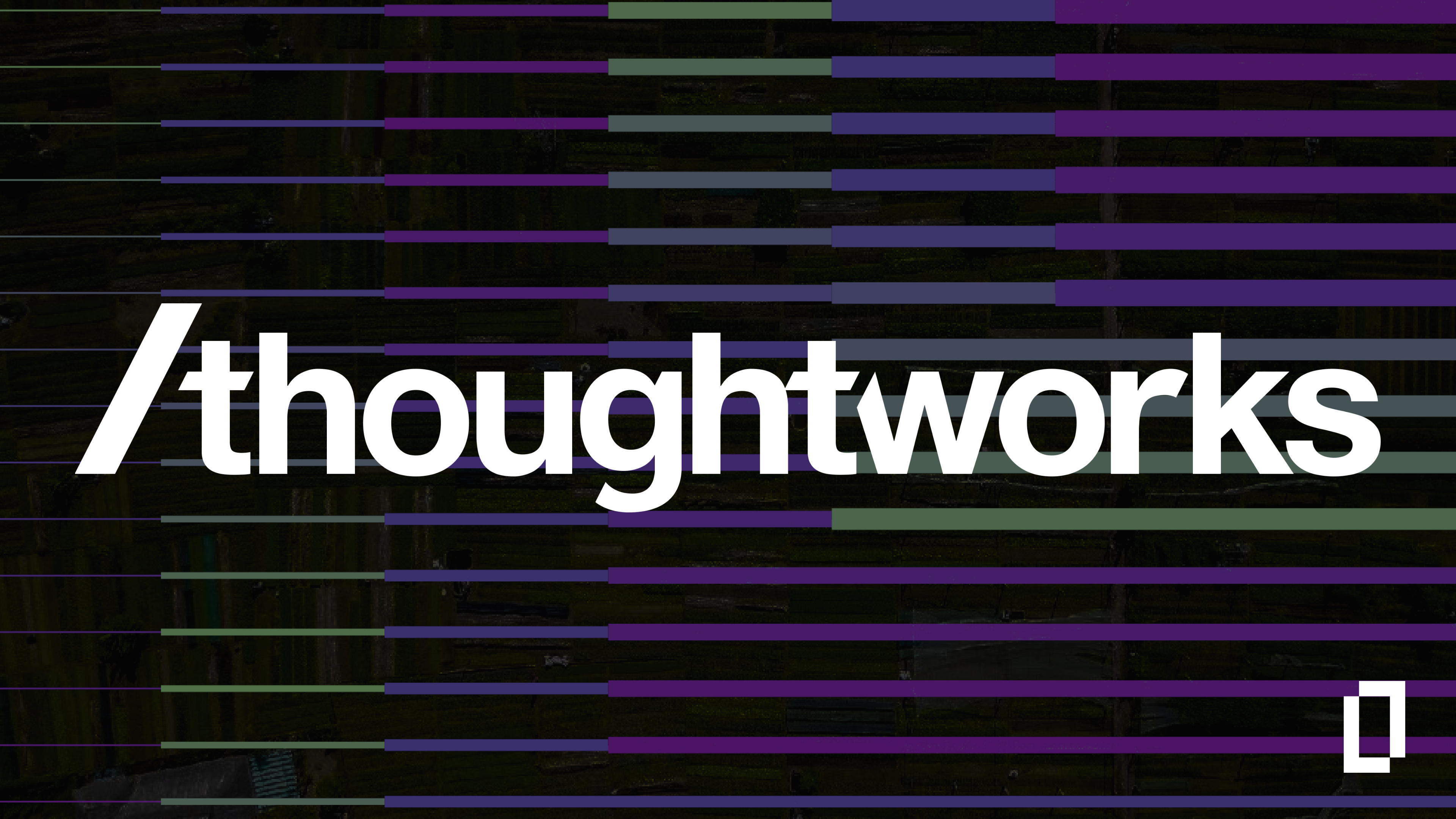PRODUCT IMPLEMENTED
Corporate Carbon Footprinting (CCF)
INDUSTRY
Fashion, Consumer Goods
HQ
Dubai, United Arab Emirates
COMPANY SIZE
100 - 500 employees
- Completed a comprehensive Scope 1, 2 and 3 emissions baseline and initial decarbonization plan in 2 weeks
- Upstream transportation and logistics identified as an emissions hotspot responsible for a quarter of overall emissions
- Simulations revealed a potential emissions reduction of 18% from transportation and logistics optimization
About The Giving Movement
The Giving Movement is a Dubai based sustainable fashion brand founded by Dominic Nowell-Barnes. Seeing the fashion industry’s impact on climate change and in some areas unethical practices, Dominic made it his mission to create a vehicle of positive change that everyone can be a part of.
The Giving Movement launched in April 2020, created as a way to alter the way fashion is consumed and to shed light on conscious consumerism. The goal was to create a new model where sustainability is curated for youth, a disruptive brand that creates meaningful apparel — making an impact with every purchase.
Sustainability lies at the very core of The Giving Movement, with a strong focus on materials, packaging as well as supplier engagement, and an ambition of being Net zero.
The Challenge
The Giving Movement was keen to take the next step on their decarbonization journey. Despite previously conducting Life Cycle Analyzes for their materials, The Giving Movement lacked clarity on key emission hotspots across their supply chain, which spans two continents and over 200 suppliers. While they had already rolled out biodegradable packaging and low-emissions wash care instructions, The Giving Movement was keen to understand the most impact opportunities to reduce their Scope 3 emissions even further.

The Terrascope Solution
Partnering with Terrascope, The Giving Movement conducted a thorough assessment of their emissions footprint, with a focus on further reducing their Scope 3 emissions. The collaboration unlocked value in two key areas:
01.
Speed and Operational Efficiency
Terrascope provided The Giving Movement with a comprehensive understanding of their emissions across their entire value chain, processing 1,200 business activity data line items in just two weeks. This enabled them to establish a scalable and repeatable model for emissions measurement and management – enhancing strategic decision-making and reporting credibility.

02.
Building an Impactful Decarbonization Program and Optimizing Investments
By arming The Giving Movement with the capability to drill down into emissions hotspots and drivers, Terrascope is enabling them to pinpoint meaningful carbon reduction opportunities. Using Terrascope, The Giving Movement found that 87% of their Scope 3 emissions could be attributed to three main activity categories: usage of sold products (35%); the purchase of goods and services (33%); and upstream transportation (27%).

Hotspot analytics provided The Giving Movement with insights into the specific activities driving emissions within each category. For example, emissions associated with sold product usage were predominantly influenced by the frequent washing of items such as activewear, rib active, and lounge wear. Meanwhile, analysis of upstream transportation emissions revealed that although air courier contributed 72% of emissions, it accounted for a mere 4% of transportation volume. In contrast, sea couriers contributed 26% of emissions but handled 95% of transportation volume.

After identifying emissions hotspots and key drivers, The Giving Movement leveraged Terrascope to simulate different decarbonization initiatives. One notable simulation prioritized sea and land transportation over air shipping – uncovering an opportunity to reduce upstream transportation emissions by 18.7% while still meeting customer demand and expectations. Terrascope also helped The Giving Movement evaluate the optimal location for a new warehouse that would ensure lower emissions and timely product delivery.
Finally, The Giving Movement leveraged Terrascope to identify, evaluate, and compare reduction opportunities within their vast supplier network. These included waste reduction in production, adoption of energy- and water-efficient technologies, and transitioning to renewable energy sources.


![[Video] Barbeques Galore: Spearheading sustainability in retail with CEO Angus McDonald](https://www.terrascope.com/hubfs/BBQG%20%281%29.png)
![[Video] Olam Agri: Carbon Accounting with Global Head of Sustainability Finance Nikita Asthana](https://www.terrascope.com/hubfs/Olam%20%282%29.png)